Entry Category: Individuals and Units
Beall, William Nelson Rector
Bean’s Rangers
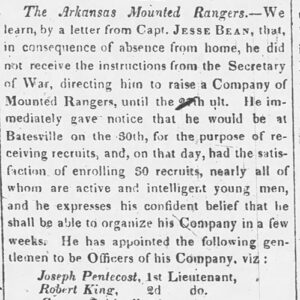 Bean's Rangers
Bean's Rangers
 Behind Enemy Lines
Behind Enemy Lines
Bennett, Harold George
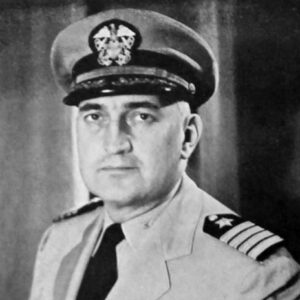 Edward B. Billingsley
Edward B. Billingsley
Billingsley, Edward Baxter
Black Union Troops
aka: African American Union Troops
aka: United States Colored Troops
Black, John Charles
Black, William Perkins
 Thomas E. Blagg
Thomas E. Blagg
Blunt, James G.
aka: James Gilpatrick Blunt
Bolling, Raynal Cawthorne
Bookout, Jerry
Borland, Solon
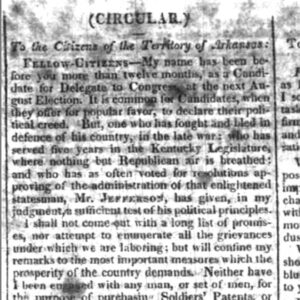 Bradford Campaign Announcement
Bradford Campaign Announcement
Bradford, William
Bradford, William Claude
Bradley, Thomas H.
 Britt Sticker
Britt Sticker
Britt, “Footsie”
aka: Maurice Lee Britt
aka: Morris Britt
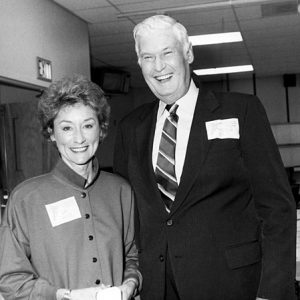 Gay White and Footsie Britt
Gay White and Footsie Britt
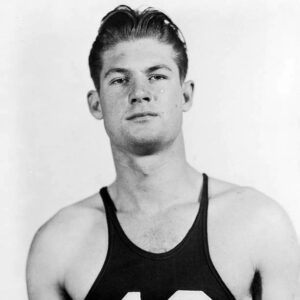 Footsie Britt
Footsie Britt
 Footsie Britt
Footsie Britt
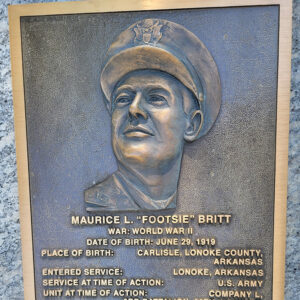 Footsie Britt Plaque
Footsie Britt Plaque
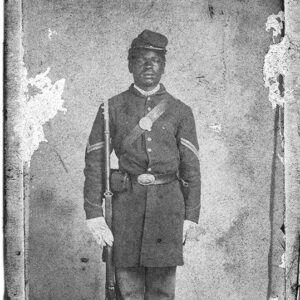 Aaron Brooks
Aaron Brooks
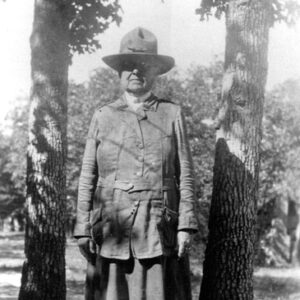 Ida Joe Brooks
Ida Joe Brooks
Brooks, Joseph
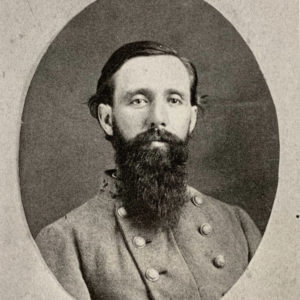 William H. Brooks
William H. Brooks
Brooks, William H.
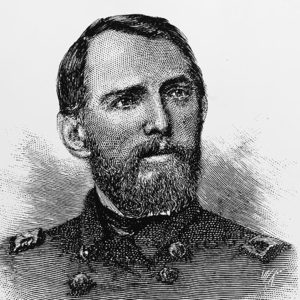 Isaac Newton Brown
Isaac Newton Brown
Brown, Jacob
Brown, William M. “Buck”
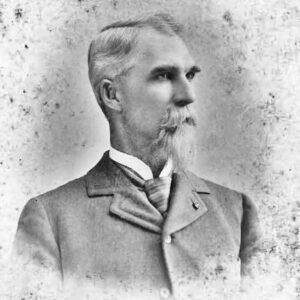 Edward Lyon Buchwalter
Edward Lyon Buchwalter
Buford, Napoleon Bonaparte
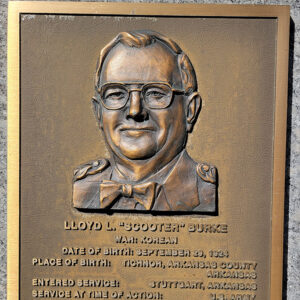 Lloyd L. Burke Plaque
Lloyd L. Burke Plaque
Burke, Lloyd Leslie “Scooter”
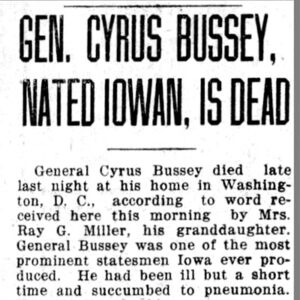 Cyrus Bussey Death Notice
Cyrus Bussey Death Notice
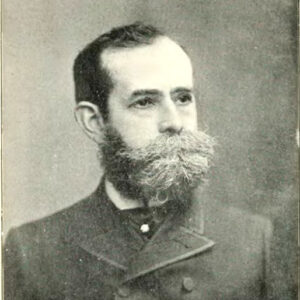 Cyrus Bussey
Cyrus Bussey
Bussey, Cyrus
 C-130 over Little Rock
C-130 over Little Rock
Cabell, William Lewis
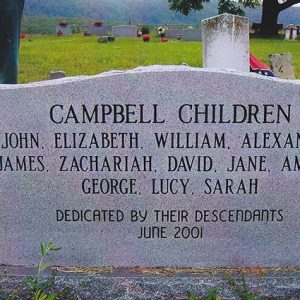 Campbell Children's Memorial
Campbell Children's Memorial
 John Campbell
John Campbell
Campbell, John
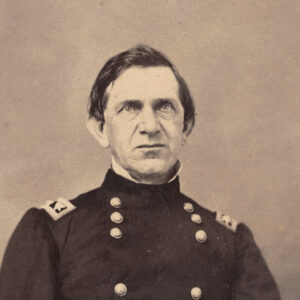 Edward R. S. Canby
Edward R. S. Canby
Canley, John L.
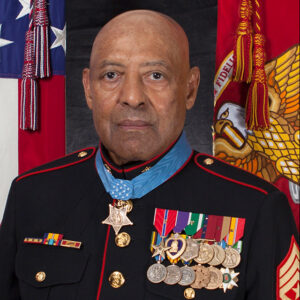 John L. Canley
John L. Canley
 CAP Aircraft
CAP Aircraft




